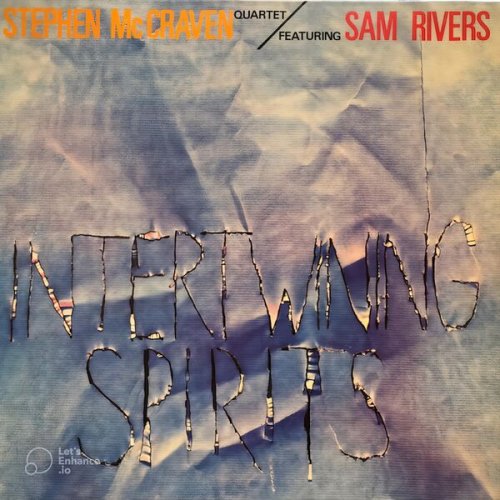Schubert Ensemble - Dvořák: Piano Quintet, Piano Quartet (2012) CD-Rip
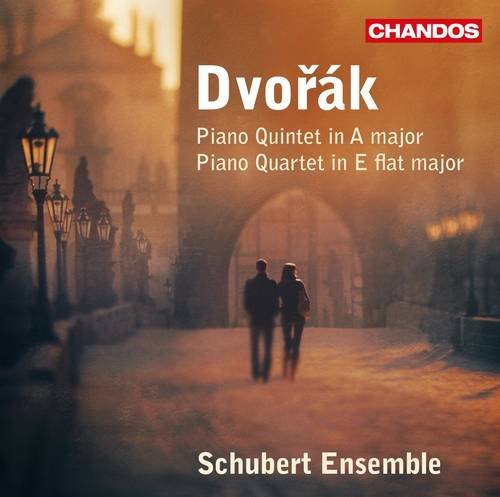
Artist: Schubert Ensemble
Title: Dvořák: Piano Quintet, Piano Quartet
Year Of Release: 2012
Label: Chandos
Genre: Classical
Quality: FLAC (image+.cue,log,scans)
Total Time: 01:16:55
Total Size: 346 mb
WebSite: Album Preview
Tracklist: Title: Dvořák: Piano Quintet, Piano Quartet
Year Of Release: 2012
Label: Chandos
Genre: Classical
Quality: FLAC (image+.cue,log,scans)
Total Time: 01:16:55
Total Size: 346 mb
WebSite: Album Preview
Quartet No. 2 in E flat major, for piano, violin, viola and cello, Op. 87 B. 162
01. Allegro con fuoco - Poco sostenuto e tranquillo - Tempo 1
02. Lento
03. Allegro moderato, grazioso - Un pochettino più mosso - Tempo 1
04. Finale. Allegro ma non troppo
Quintet No. 2 in A major, for piano, two violins, viola and cello, Op. 81 B.155
05. Allegro, ma non tanto
06. Dumka. Andante con moto - Un pochettino più mosso - Tempo 1 - Vivace (quasi l'istesso tempo) - Tempo 1 - Un pochettino più mosso - Meno mosso. Tempo 1
07. Scherzo (Furiant). Molto vivace - Poco tranquillo - Tempo 1
08. Finale. Allegro
09. Songs My Mother Taught Me, Op. 55/4
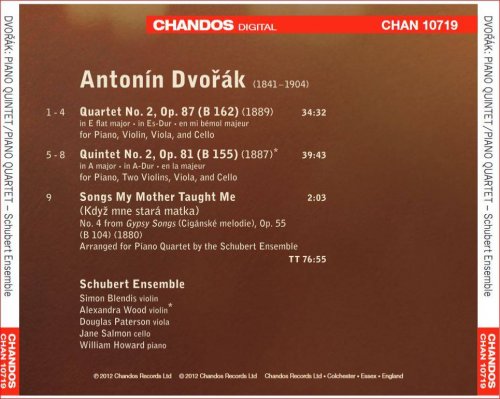
Dvorák's popular Piano Quartet No. 2 in E flat major, Op. 87, and Piano Quintet No. 2 in A major, Op. 81, have received numerous performances by Czech ensembles, as well as plenty of foreigners who have attained fluency in the received Czech style (or not). This fine release by Britain's Schubert Ensemble takes the step of defining a non-Czech way of playing Dvorák, with fresh and persuasive results. The players are circumspect and precise in the classic British style, but what they do is bold: they reduce the emphasis on the Czech rhythms in the music, turning them into accents rather than structural determinants. It's not the usual way of playing these pieces, but Dvorák's audiences approached his music with that of Brahms in mind, not that of Bartók, and these readings make sense. The delicate passages in the slow movements and in the scherzos (in the Piano Quartet they are on the outside, not in the center) are magical, and in fact the many small rhythmic details in the opening movements are enhanced rather than obscured by this version. The music here is really chamber-sized, not amped-up in the piano to fill a symphony hall, and the engineering is perfectly attunted to the performers' goals. Maybe not the only way with these works ("lively" would be the description rather than "joyous"), but well worth the time of any lover of Romantic chamber music.
DOWNLOAD FROM ISRA.CLOUD
Schubert Ensemble - Antonín Dvořák Piano Quintet, Piano Quartet.rar - 346.1 MB
Schubert Ensemble - Antonín Dvořák Piano Quintet, Piano Quartet.rar - 346.1 MB
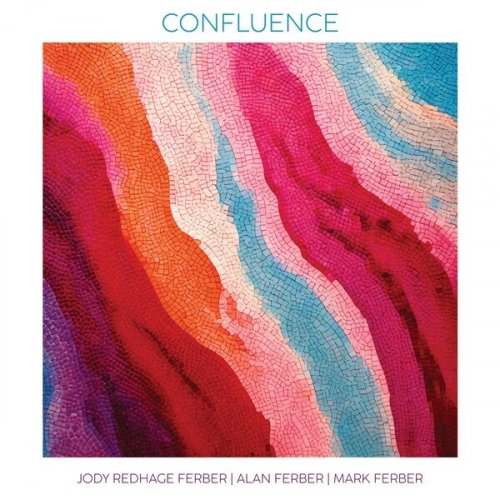
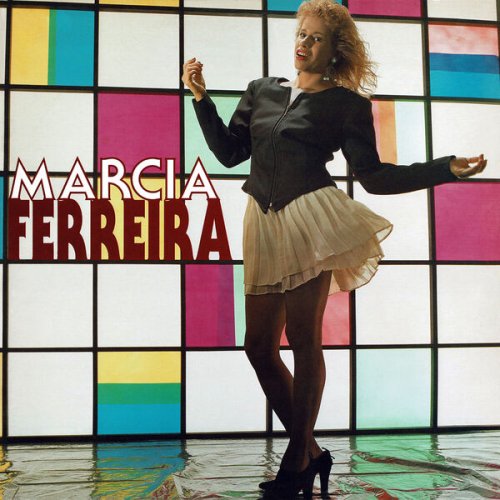
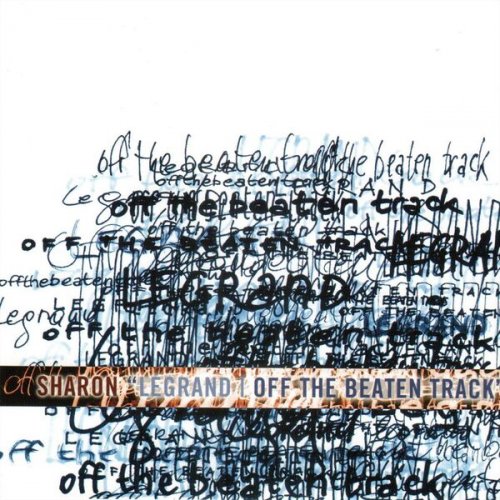
![Cornelius Claudio Kreusch - Scoop (2025) [Hi-Res] Cornelius Claudio Kreusch - Scoop (2025) [Hi-Res]](https://www.dibpic.com/uploads/posts/2025-12/1765893706_folder.jpg)
![Rachel Kitchlew, SFJ - Flirty Ghost (2025) [Hi-Res] Rachel Kitchlew, SFJ - Flirty Ghost (2025) [Hi-Res]](https://www.dibpic.com/uploads/posts/2025-12/1765896408_qvf41hr1ljj8a_600.jpg)
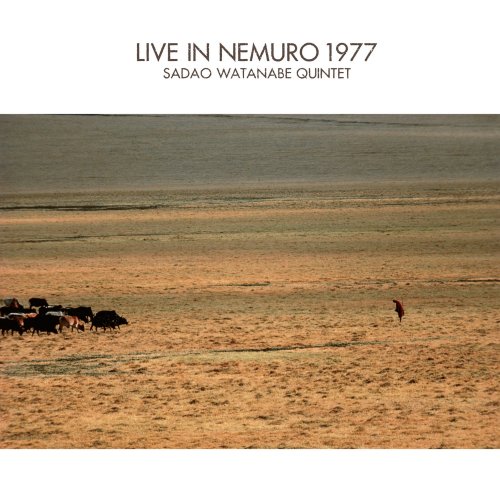

![Nana Vasconcelos - Saudades (1980/2025) [Hi-Res] Nana Vasconcelos - Saudades (1980/2025) [Hi-Res]](https://www.dibpic.com/uploads/posts/2025-12/1766056483_cover.jpg)
